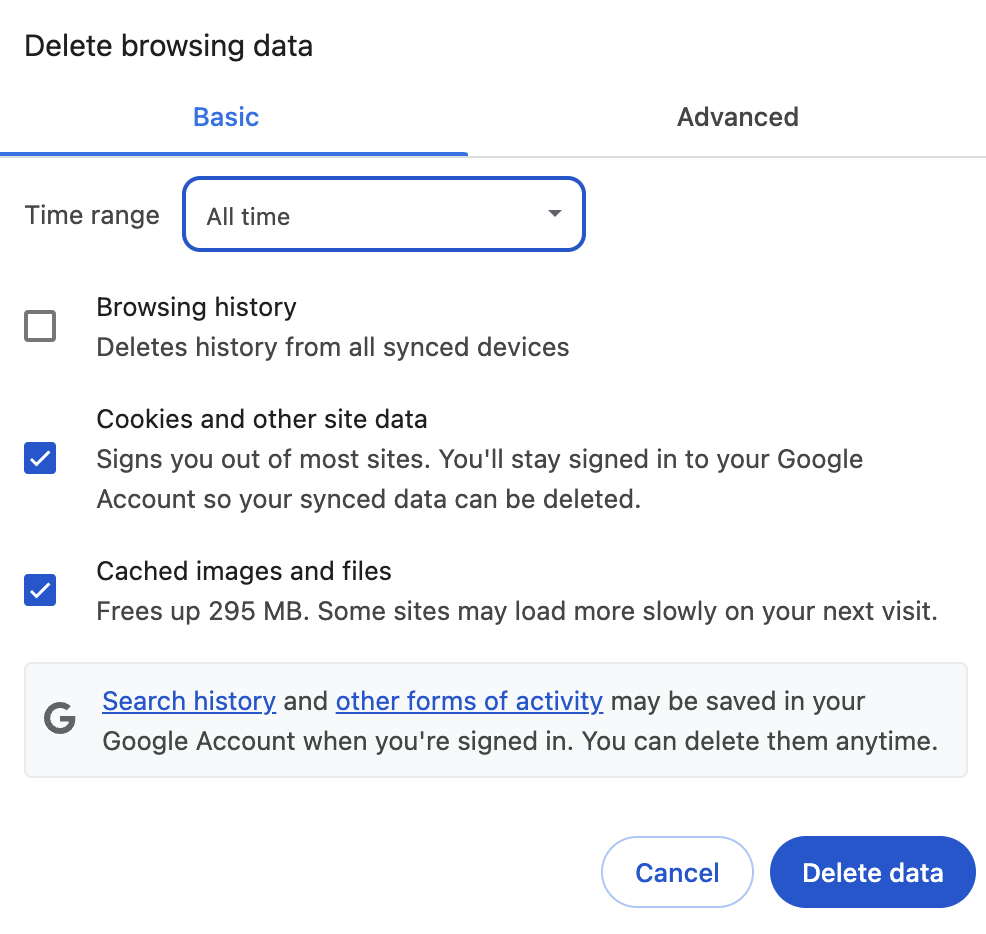For many developers, “vibe coding” has become a familiar concept: describing a problem in natural language and letting a large language model generate the code. It’s a workflow that prioritizes ideas and iteration over getting bogged down in syntax. But what happens after the code is generated?
Traditionally, a significant gap remains between the generated code and a live, scalable, production-ready application. This article explores “Vibe Deployment,” which is a radical next step in this evolution. I will demonstrate a technical workflow that closes that gap. This workflow will take you from a simple text prompt to a fully deployed, feature-rich web application on global, serverless infrastructure in seconds.
This new development paradigm is powered by three interconnected Google technologies:
- Google AI Studio: A web-based IDE for building with Google’s Gemini models. It serves as the initial scaffolding environment where a natural language prompt is translated into a functional application codebase.
- Google Cloud Run: A fully managed serverless platform that eliminates infrastructure overhead. It automatically builds a container from your source code and scales from zero to handle any workload, ensuring extreme cost-efficiency.
- Jules: An asynchronous, agentic coding assistant that operates on an entire codebase. It can understand complex requests, devise a plan, and execute multi-file changes autonomously, acting as a true pair programmer.
The process begins in AI Studio, where instead of writing boilerplate, you describe the application’s purpose in natural language.
Build a web application called ‘Am I Covered?’. Its purpose is to help users understand their insurance policy works in real-world situations…
AI Studio interprets this and generates a complete, well-structured project using a standard web stack. Within moments, a fully-functional, interactive preview of the application is available directly within AI Studio, complete with a UI, sample data, and application logic.
This is where the development cycle accelerates dramatically. With a click of the “Deploy to Cloud Run” button, an automated CI/CD pipeline is executed.
Instead of a traditional source-to-container build, AI Studio uses an efficient, decoupled approach. The generated web assets (HTML, JS, CSS) are stored in a dedicated Google Cloud Storage bucket. The Cloud Run service then runs a pre-built, optimized proxy container. The Cloud Storage directory containing your compiled assets is mounted directly into the running container.
This is a powerful serverless pattern: your code’s static assets live in Cloud Storage, and are served by a stateless, optimized container. This means deployments are incredibly fast, as only the web assets need to be updated, not the entire container image. The result is a secure, public HTTPS endpoint with auto-scaling for the live application, achieved in seconds with zero manual configuration.
With the application live, the next stage is to add new features and iterate. This is where an agentic assistant like Jules shines.
For Jules to work its magic, it needs access to the application’s source code in a version-controlled environment. I’ve provided a ZIP to GitHub Colab notebook to accelerate the process. Given your AI Studio app code URL and your GitHub personal access token, it will publish to a repo of your choice.
Once the code is in GitHub, you can connect Jules to the repository. You can begin providing simple, natural language instructions such as “add a new policy type for pet insurance.”
Jules doesn’t just write code; it provides a transparent, reviewable plan detailing the files it will create and modify. This ensures the developer remains in full control.
Upon approval, Jules executes the plan, performing the multi-file changes and committing them directly to the repository. The application is now updated with the pet insurance feature, all stemming from a single sentence.
The intersection of generative AI, agentic systems, and serverless computing is pushing the frontiers of software development. This new paradigm, which leverages tools like Google AI Studio for rapid scaffolding, Google Cloud Run for effortless serverless deployment, and the future of pair programming with AI agents like Jules for feature evolution, dramatically accelerates the development cycle. To see the complete workflow in action, you can explore the final code for the “Am I Covered?” application.
Ultimately, vibe deployment enables developers to move to production faster and focus on building what matters. How do you think we can break down barriers across the entire software development lifecycle? Feel free to continue discussion with me on LinkedIn, X, or BlueSky.
Source Credit: https://medium.com/google-cloud/vibe-deployment-with-ai-studio-cloud-run-and-jules-8ae02807b68f?source=rss—-e52cf94d98af—4




